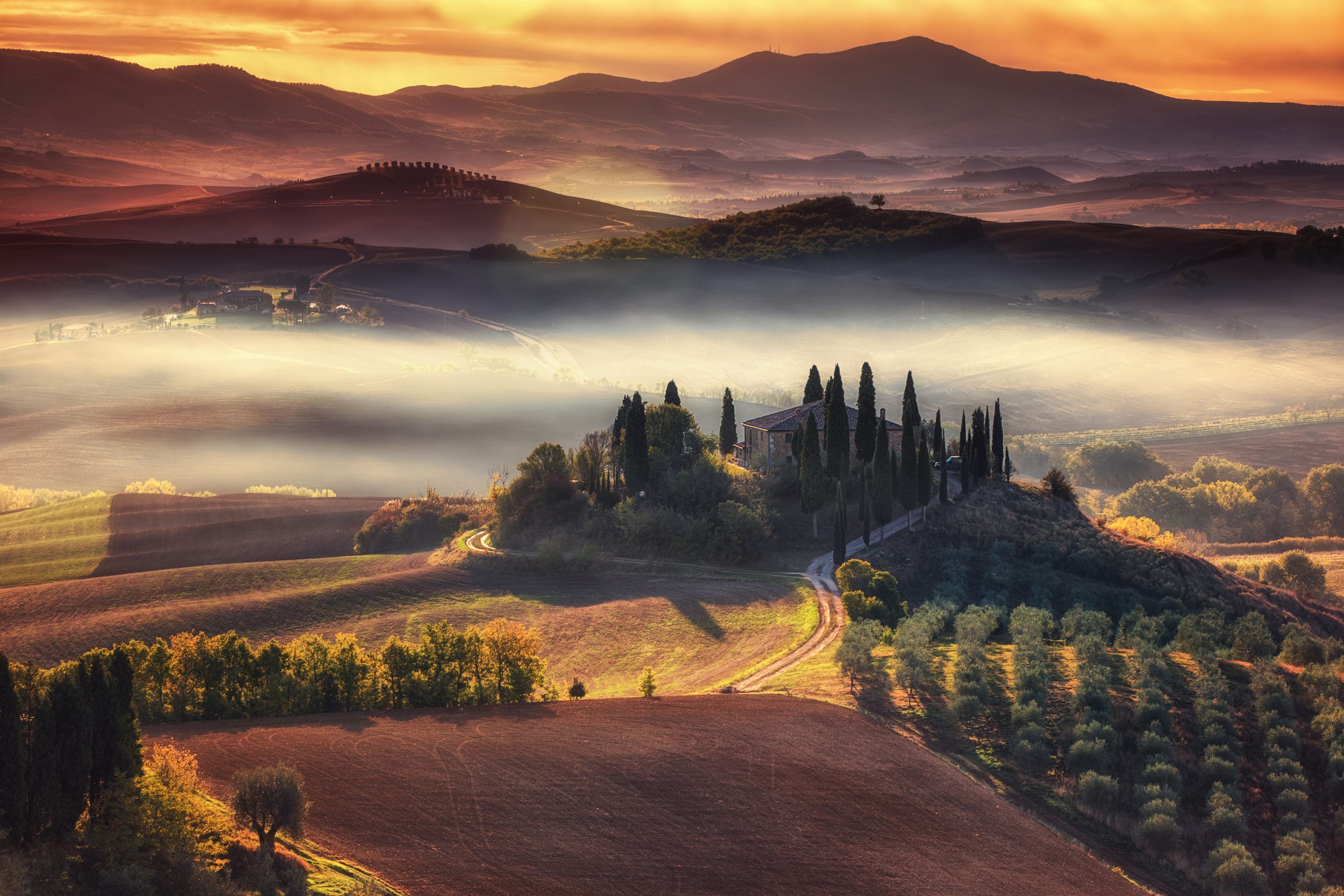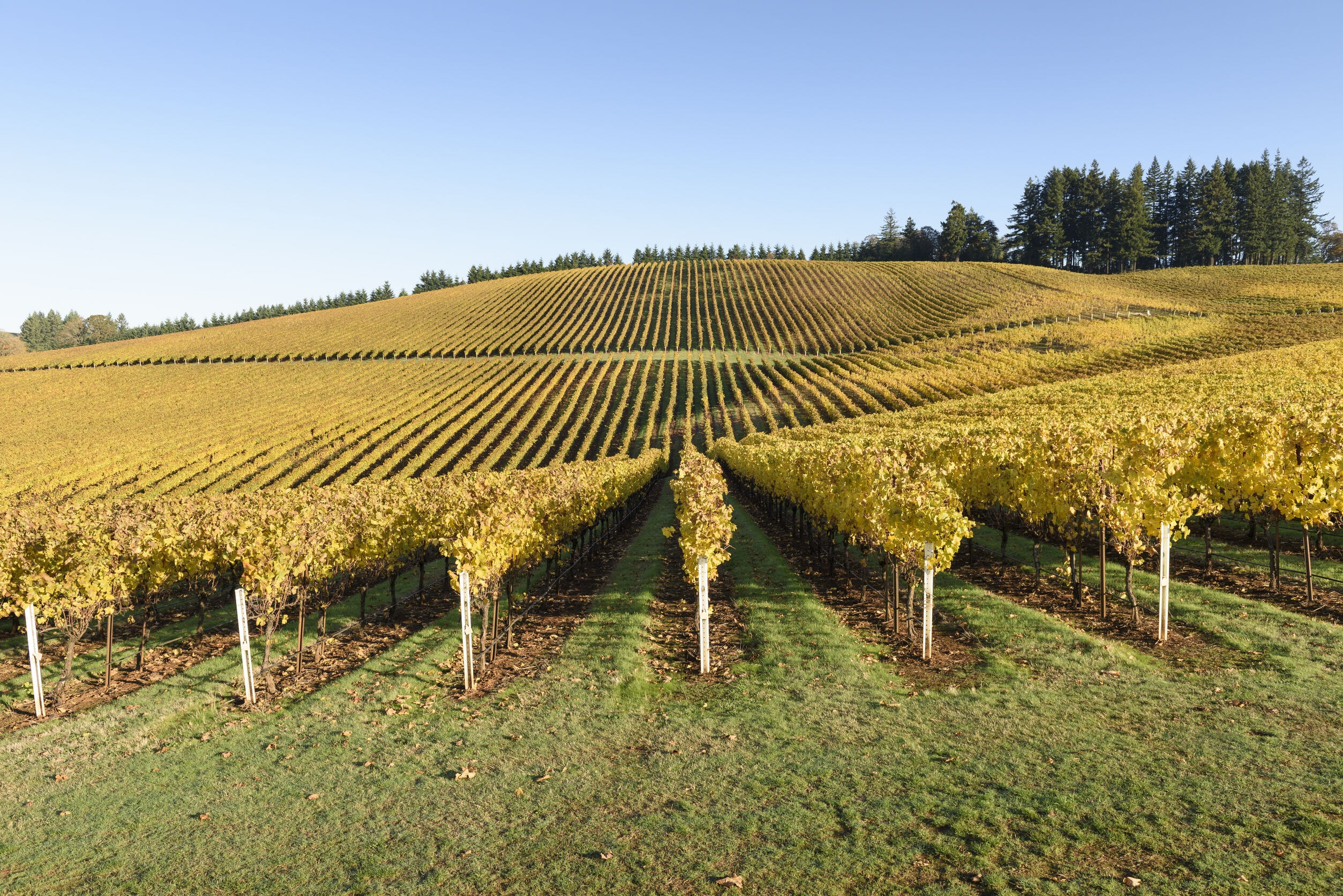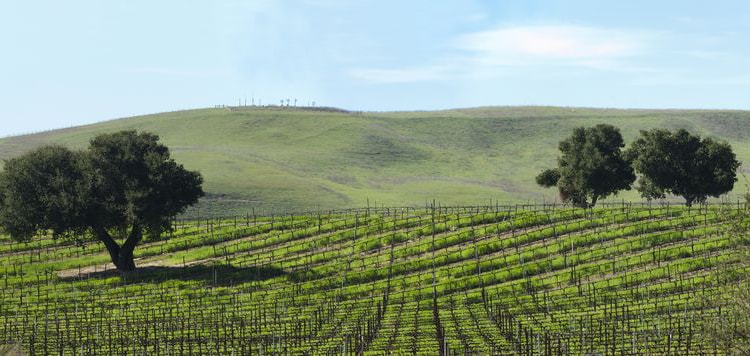’The only way to understand German wine’, says Anne Krebiehl in her book on the Wines of Germany, ‘is in the context of its history, taking Riesling, ripeness, climate, tradition and site classification into consideration'.
That was the work of a fine book of over 300 pages, so I hope I can be forgiven if, in the course of trying to communicate something at least of where German wine is today, I miss out the odd detail or two. Suffice to say, however, and Anne Krebiehl does say it: ‘It is only today that Germany is emerging from the long shadow cast by the twentieth century’. Perhaps she might have said shadows, because there’s more than one long shadow from which German wine is finally emerging.
‘It is only today that Germany is emerging from the long shadow cast by the twentieth century’, said Anne Krebiehl (Photo by Sven Wilhelm on Unsplash)
------------------------------------------------------------------------------------------------
Relevant Article:
The paradigm shift in the choice and quality
Like tectonic plates consistently shifting to create violent explosions, the clash between style and quality in German wine has been at the forefront of a gradual shift for the better both in perception and in reality. In a nutshell, based on good vintages in a cool climate country, the focus of German wine styles has shifted from the idea of sweetness as the be-all and end-all of its quality criteria to a new golden era in which dry wines, now including red and sparkling as well as white, have taken centre stage. At the same time, linked to a warmer climate, improvements in viticulture and winemaking and the open-mindedness of a younger generation of winemakers have brought about a paradigm shift in the choice and quality of German wine.
When I started out as wine correspondent for The Independent in the late 1980s, German wine was easily ignored. Sweetened with süssreserve, sweet unfermented grape must that is, wines like Blue Nun and Black Tower dominated supermarket shelves. At the serious end of the consumer spectrum, a few independent wine merchants sold almost exclusively higher quality sweet Rieslings, from off-dry Kabinett, through medium-sweet Spätlese, to sweet Auslese, on to the land of honey of Beerenauslese and Trockenbeerenauslese. In a cold climate that made it hard to achieve ripeness, the dry wines were more than knochentrocken (bone dry); they were undrinkable battery acid. The best sweet wines were delicious, but the style harked back to past glories and wasn’t conducive to the dinner table. Whether at the commercial or at the quality end, the sweetness had soured. Muddled German wine laws and indecipherable Gothic script labels made German wine even harder to love and to sell.
Old Riesling bottles from the Mosel Valley. (Photo taken by Anthony Rose)
The classification
The all-important change from sweet to dry started in the 1980s but that didn’t bring with it an immediate quality upswing. Two leading lights in the move towards dry wines, Bernhard Breuer and Schloss Vollrads’ wonderfully-named Graf Erwein Matuschka-Greiffenclau, championed dry German Riesling as a style that could be matched with food. Gradually it took hold with the VDP (Verband Deutscher Prädikatsweingüter), the national association of German wine estates founded in 1910, today numbering 200. The VDP grasped the nettle of German dry white wine, made from Riesling in particular, and developed it on the back of a classification system based, not on sweetness, but on vineyard site quality. Like Burgundy, it established four levels: Gutswein (approachable light wines with regional character), Ortswein (village level, superior quality), Erste Lage (premier cru, classified vineyards, high quality) and Grosse Lage (grand cru, best classified sites, top quality). Grosses Gewächs are dry wines from Grosse Lage.
The Verband Deutscher Prädikatsweingüter (VDP) is the national association of Premium wine estates. It was founded in 1910 and today has 200 elite producers committed to creating top quality wines that reflect their terroirs. (Photo from https://medium.com/)
Germany’s wine regions
This is the bedrock on which German wine style and quality are based today. In its 13 wine regions, the best vineyard sites in Germany’s myriad locations for grape-growing tend to be south or south-west facing, allowing the grapes to ripen gradually over a long season with maximum exposure to the sun in a climate which is essentially cool. Better vineyard management and the benefits of ripening thanks to climate change have resulted in a dramatic improvement in quality. Many such sites are to be found on river banks, most famously the Rhine and the Mosel, which help in the ripening process by reflecting sunlight back into the vines. The properties of each region’s varied soils too have an effect on aroma and flavour profiles, a fact that explains Germany’s broad range of distinctive wine styles coming from a single grape variety, most notably Riesling. The northerly ‘golden triangle’ of the Rheingau, the Mosel and the Nahe (someone is whispering in my ear: ‘don’t forget Rheinhessen’) is responsible for Germany’s most classic styles of Riesling, while in the warmer south of the country, Baden, opposite Alsace geographically, focuses more on Pinot Noir and white wines based on Pinot Blanc and Gris.
Mosel - one of 13 German wine regions (Weinbaugebiete) that produce quality wines.
How about the German wines now?
Until Covid came along to rain on our parade, I had the good fortune in the last few years of attending the annual so-called ‘sneak preview’ of the new vintage Grosses Gewächs wines put on by the 200 wine estates belonging to the VDP in Wiesbaden. Interestingly, over half their plantings are of Riesling as against a national German total of 23% Riesling. Tasting their Rieslings and other dry whites and their reds dominated by Spätburgunder (Pinot Noir), the 3-day tastings have given me a new perspective not just on each vintage but on the broad range of stylistic differences from one region to the next. Above all, it has demonstrated a consistency of quality that I once never realised possible from German wine. So much so that each year I try to buy a selection of my favourite wines to put away for a few years in my cellar. As impressive and dominant as the VDP estates are, let’s not forget the many estates producing excellent wines outside the VDP, not least because their wines can represent seriously good value.
A selection of some favourite producers (VDP asterisked):
Mosel Saar Ruwer:· Heymann-Löwenstein
· Dr.Loosen
· Clemens Busch*
· Fritz Haag*
· Schloss Lieser*
· Maximin Grünhaus - von Schubert*
· Van Volxem*
· Markus Molitor
· Sybille Kuntz
|
Rheingau:· Künstler*
· Robert Weil*
· Peter Jakob Kühn*
· August Kesseler*
· J.B.Becker
· Georg Breuer
· Eva Fricke
|
Nahe:· Dönnhoff*
· Schlossgut Diel*
· Schäfer-Fröhlich*
· Gut Hermannsberg*
· Emrich Schönleber*
· Martin Tesch
|
Rheinhessen:· Kühling-Gillot*
· Schätzel*
· Battenfeld-Spanier*
· Wittmann*
|
Pfalz:· Philipp Kuhn*
· Acham-Magin*
· Bassermann-Jordan*
· Christmann*
· Müller-Catoir*
· Ökonomierat Rebholz*
· Dr.Wehrheim*
· Weingut Keller*
· Knewitz*
· Spiess
· Geil
· F.E.Huff
· Seehof
· Raumland* (sparkling)
|
Elsewhere:· Fürst*
· Horst Sauer*
· Juliusspital*
· Wirsching*
· Leipold (Franken)
· Dautel* (Württemberg)
· Huber*
· Dr.Heger*
· Ziereisen
· Karl Heinz Johner
· Martin Wassmer (Baden)
· Meyer-Näkel*
· Jean Stodden* (Ahr)
|
2019 Uhlen Laubach Riesling, Heymann-Löwenstein, Mosel. 13%. With powerfully expressive blackcurrant leaf notes in cahoots with liquorice and anis, a fresh spritz on the tongue announces a juicy liquoricey fruit quality, lightly smoky and elegantly balanced with a minerally dry finish.
2019 Hermannshöhle Riesling, Dönnhoff, Nahe. 13%. Dönnhoff is one of my absolute favourite German producers and this is why: an expressive, opulent dry white whose exotic aromas and fine juicy fruit are locked in fine tension between fruit richness and ripe acidity, finishing with a citrusy tang.
2019 Hundertgulden Riesling, Knewitz, Rheinhessen. 13%. Recently becoming the 200th member of the VDP, Knewitz’ Riesling from its Hundertgulden vineyard is full of energy in the intensity of its citrusy aromas and the explosion of limelike flavours in the mouth that finish on a refreshingly saline dry note.
2017 Markgraferland Spätburgunder, Martin Wassmer, Baden. 13.5%. There may be superior Pinot Noirs in Germany but I doubt that there are many better value ones; for its delicious berry aromas and sumptuous cherry fruitiness, lightly tinged with oak, this approachable Spätburgunder has been my go-to ‘house’ red for over a year.







